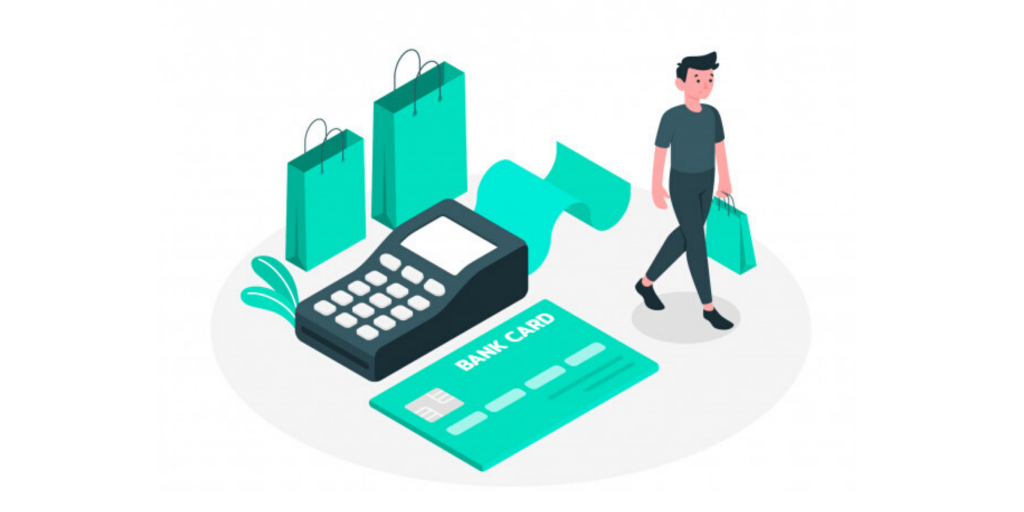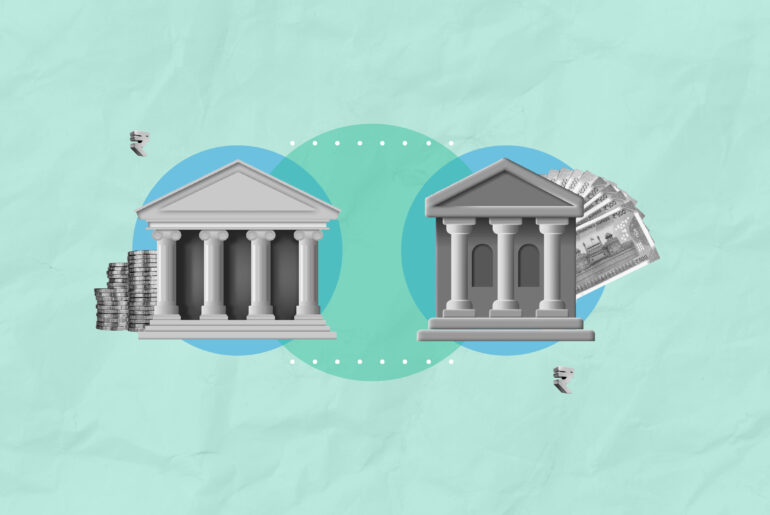Last Updated on Apr 6, 2021 by Manonmayi
Remember the old days when you had to stash your wallet/purse with cash? Admit it or not, moving around with it didn’t feel safe as the risk of losing cash always lingered around. But then, you had no option, did you? Fortunately, today’s age of digitisation takes away the risk 🙂
While digital payments have taken deep roots in the west, India only embraced the novel mode after ~3 years of demonetisation. Not that demonetisation was the only trigger for the economy to finally pick up the momentum for digital payments, but it does deserve some credit.
Here is the snapshot of how digital payments have grown in the developing economies in 2018.
As per KPMG’s report, Fintech in India – Powering mobile payments, digital payments are growing at a CAGR of 12.7% in the country. In addition, the report also revealed that the number of locations accepting various types of digital payments in the country grew from ~1.5 million in 2016-17 to 10 million in a short span of 2-3 years.
But the digital payments evolution in India has, of course, not been a smooth one, especially because ours was a cash-obsessed economy. Nonetheless, we are now rapidly transforming into a digital economy, thanks to factors such as the ‘Digital India’ campaign, affordable mobile internet, and continuing regulatory policies of the government.
In this piece, we’ll see what is a digital payment system and why to adopt it, how well is India catching up with the novel mode and the different types of digital payments.
Table of Contents
What is a digital payment?
Digital payment means transacting for goods or services using various electronic modes instead of cash or cheque.
But why go digital?
You see, transacting via a digital mode is better than using cash. Of course, it does have certain demerits but you can’t oversee the convenience that it offers. Here are the merits of the various types of digital payments:
Lower risk of loss: It is no secret that carrying cash is a risk when you transact daily and travel regularly. Digital payment, on the other hand, is a safer option of dealing with funds as it eliminates the need to move around carrying cash and harbouring the fear of losing it. Moreover, since payments in this mode are processed through a secure gateway, it reduces the risk of fraud as well.
Ease of transacting: Digital payment system works seamlessly in times of emergencies as you don’t have to be physically present at a place to initiate a transaction.
Quick and flexible: With the growing popularity of e-commerce sites, an increasing number of buyers are shopping online instead of visiting physical stores. Also, given that online merchants allow you to pay via a digital medium, you can transact for your purchases from anywhere at any time; all you need is an internet connection. This helps you save time.
Accountability: Cash transactions are mostly anonymous as recording and identifying them is difficult. But the same is not the case with electronic payments. Tracking digital payments is easy as the details are recorded in the respective merchant databases. Both you and the merchant can easily access and track this information and mitigate the risk of corruption.
Lower costs: Handling, processing, and recording cash transactions demand immense time and energy, making it an inefficient mode of payment. On the other hand, digital payments are efficient owing to speed, transparency, and accountability that it offers. This, ultimately, decreases the overall costs of the merchants.
Financial inclusion: Digital payment opens the doors to various financial services, making it easy and convenient to avail them. Further, this payment system also lowers the cost of offering financial services and thus encourages the participation of the underserved section of society.
Ward off the danger of theft: Cash once lost is lost. However, in case your digital payment medium is compromised, you have an option to deactivate or block it. This way, the fraudster doesn’t have control over your compromised digital mode.
Rewards: Digital payment mediums such as a credit card, mobile payments and so on offer attractive discounts, reward points, and cashback. These rewards ultimately reduce the overall cost of purchases.
Owing to these advantages, an increasing number of buyers and sellers are now transacting via digital modes, so much so that even small merchants are opening up to digital payments without hesitation.
Types of digital payments in India
Digital payment is not just limited to a debit or credit card but also includes other types such as:
Internet and mobile banking
Almost all banks, these days, offer an option to activate internet and mobile banking facility on a bank account. Once you opt for this facility, you will be ready to start making digital payments. All you have to do is furnish your bank’s name when the payment gateway asks, after which, you will be redirected to your bank’s website. Such transactions are secured by way of 2-factor authentication. After authenticating your identity, you can verify your transaction and approve the payment.
Mobile wallets
Also known as a digital wallet, the mobile wallet is one of the key contributors to the popularity of digital and mobile payments in the country. So much so that, the report by KPMG also revealed that the mobile wallet market is expected to grow at a CAGR of ~52.2% by volume from 2019 to 2023.
Mobile wallets allow you to transact for goods and services and transfer funds virtually, without using a debit/credit card. All you have to do is add money from your bank account/card or save the details to your wallet. This way, you don’t even have to carry a debit/credit card but only remember your 4-digit PIN/CVV.
On the security front, mobile wallets store your details in an encoded format so as to reduce the risks of fraudulent transactions. These types of digital payments are offered by both banks and private service providers and are available to download on application stores. A few of the well-known wallets are Paytm, PhonePe, and GPay.
Unified Payments Interface (UPI)
Another major contributor to the growth of digital payments system in India, UPI is a real-time payment mode that facilitates inter-bank fund transfers across the country. The volume of UPI transactions has grown at a CAGR of 246% during 2016-17 to 2018-19, as per the same report.
Transacting via UPI is simple; all you need is a bank account, a mobile number registered with it, and a UPI-based app. Once you link your bank account in the UPI app, you’ll receive a Virtual Payment Address (VPA), which is all you need to transfer funds thereafter. After linking your bank account to a UPI app, funds will be debited from or credited to your registered bank account as per your instructions.
In addition to transferring funds, a UPI also allows you to make balance enquiries. UPI service is offered by banks, chat applications, and mobile wallets and its facilities are available 24/7 on 365 days a year. Some of the well-known UPI service providers are BHIM app, MobiKwik, and iMobile.
Unstructured Supplementary Service Data (USSD)
Also known as *99# Banking, USSD is a mobile-based payment mode, which doesn’t require you to have internet, smartphone or a mobile application to initiate transactions. All you have to do is simply dial *99# on your registered mobile number. The *99# code then links your telecom operator’s server with your bank’s server and facilitates transactions.
With USSD, you can not only transfer funds but also initiate non-financial transactions such as enquire bank balance, view bank statements, and change UPIN PIN. USSD is also available in Hindi, which is an excellent effort towards enhancing financial inclusion in the country.
Bank prepaid cards
A bank prepaid card works like a prepaid SIM card with which you can pay digitally. You can only use this card when you recharge it in the same way you do with a SIM card. The best part of this digital payment is that you don’t need to link the card to your bank account, but only load money to make purchases.
The way forward
Digital payment modes have seen a rapid widespread use in India. Not only do people use it for online shopping, but they also resort to this seamless method to pay utility bills and entertainment. Apart from offering benefits to users, electronic payment also fuels the economy at large.
In fact, a report by Google and Boston Consulting Group (BCG) reveals that the digital payments industry could contribute 15% to India’s GDP and be worth $500 billion by 2020. It also suggests that our digital payment industry would be dominated by microtransactions of a value lower than Rs.100. Looking at the current trend, it is goes without saying that digital payments can certainly help in further bettering our economy. All we need is an increased support from the government and safety of transacting.
- Best Performing Index Funds in India (2025) - Jun 5, 2025
- Issue of Shares – Meaning, Types, Examples and Steps - Jun 4, 2025
- Banking Mergers in India – List of Merged PSU Banks, Advantages, and Challenges - Jun 3, 2025





